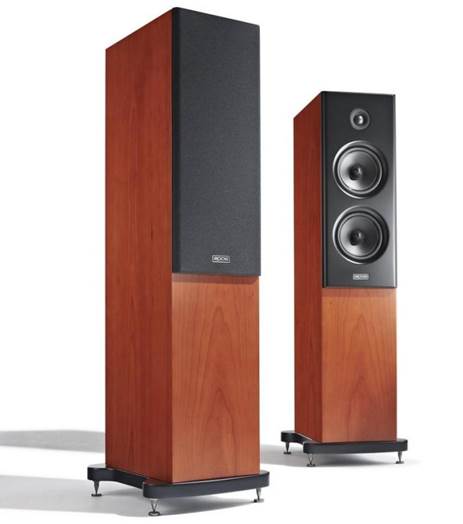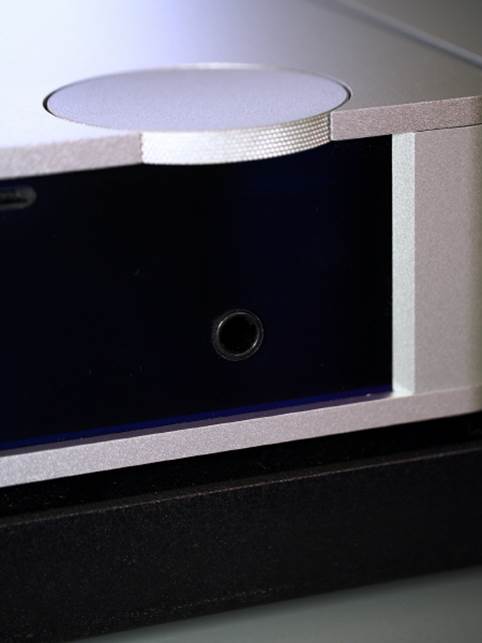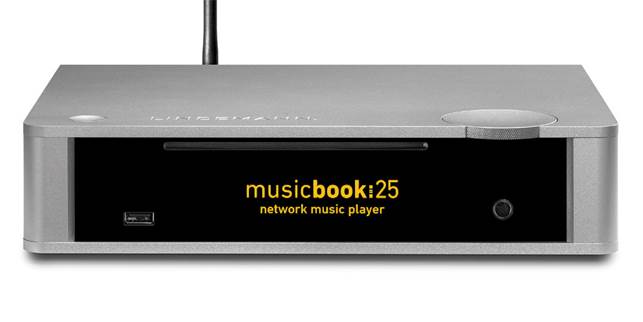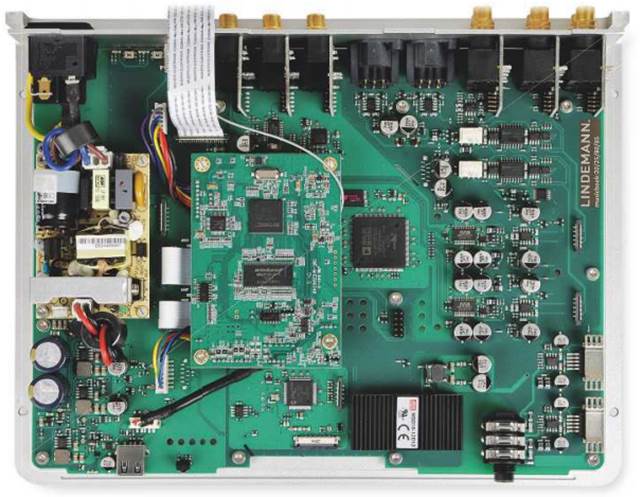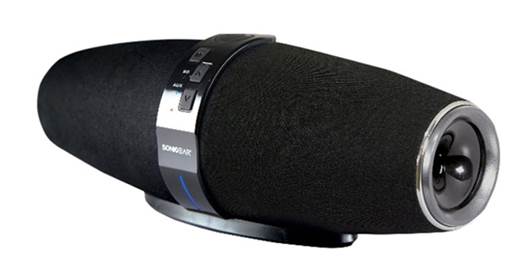This new flagship claims a 40-year heritage and includes all KEF’s latest innovations. So does it set new standards?
In 1971, ten successful years after he’d founded KEF, Raymond Cooke took the momentous decision to invest in a huge, expensive and cumbersome Hewlett- Packard computer system, along with the latest audio analysers, to capture test results and provide data for new design work.
The first new loudspeaker to result from KEF’s pioneering venture into CAD, the Model 104 of 1973, was also the first to be designated ‘KEF Reference’. It was followed in 1977 by the now-iconic Model 105, and then by many more.
The Model 104 was the first to be designated ‘KEF Reference’
Forty years on, the computer-based science of loudspeaker design has advanced almost unimaginably. The statuesque KEF Reference 5 reviewed here embodies an overwhelming amount of research and development. It employs various techniques that are really quite new, but puts together many more that have emerged from earlier design work.
In KEF’s nomenclature, while the exotic Muon, Blade and the LS50 are ‘Flagship Hi-Fi Speakers’, ‘The Reference’ heads the list of ranges under ‘Hi-Fi Speakers’. Since the previous Reference models date back some years, many recent innovations have already trickled down to the lesser ‘R’ and ‘C’ ranges. Nonetheless, the new Reference series is the most complete synthesis of all KEF’s latest technical developments.
Conventionally enough, the line-up covers all the bases for two-channel and multichannel users. Alongside the Reference 5, there’s a smaller Reference 3 floorstander and the standmount Reference 1, with a centre and sub to follow. All, except the subwoofer, are based on KEF’s Uni-Q point-source driver system.

KEF Reference 5 overview
Standard finishes are Piano Black or Satin American Walnut ($17,525/pr) and Gloss Rosewood ($19,200), although the sub will come only in Piano Black. For the floorstanders, there are also two special Kent Engineering and Foundry Edition finishes, one an all-white cabinet with a blue-tinted Uni-Q unit and the other all black with the Uni-Q in copper (both $19,200).
Dome technology
Uni-Q has been a feature of the Reference Series since 1994. But there have been many iterations of the technology since then, and the 125mm/25mm driver developed specifically for this new Reference range is in fact the 11th generation. It builds on the one used in the Blade speaker, but with some further refinements.
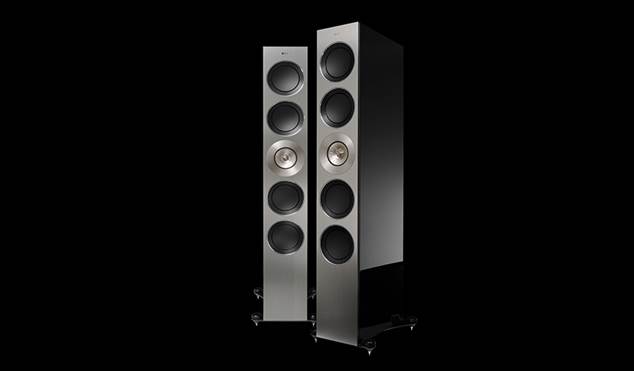
The new Reference range is in fact built on the technology used in the Blade speaker, but with some further refinements
Back in the mid-2000s, KEF had researched the ideal tweeter dome shape, to match the shallow waveguide and cone that would surround it. But the dome shape that was ideal from an acoustic point of view, a section of a sphere, was not so in terms of stiffness. KEF’s solution was to add a second part between dome and voice coil, to achieve the best acoustic performance combined with the best mechanical behaviour too.
This stiffened dome technology first appeared in the Austin concept speaker, which led on to the Muon, and it was then used in the now-replaced Reference range, headed by the Model 207/2, combining a 25mm two-piece titanium dome with a 165mm cone.
‘That’s kind of where we were at the start of our Concept Blade development,’ says KEF’s Jack Oclee-Brown. ‘Having got to the point where the tweeter wasn’t holding us back, we’ve then been really focused on getting the midrange to perform just as well, and to refine the whole design.’
KEF Reference 5 cool design
For example, Uni-Q drivers had always used plastic bass/mid cones, but the next move was to use aluminium alloy instead. This would not break up within the mid-frequency band, but it would at higher frequencies, producing a response spike at around 5kHz to 7kHz.
To overcome this, KEF used ‘cone neck control’, a resilient damping link between cone and voice-coil. Within the driver’s passband, the force from the voice coil is fully transferred, but at higher frequencies the resilient link begins to flex and damps the cone motion.
